In the Year of Folk Art and Cultural Heritage in the Commonwealth of Independent States, the CIS Executive Committee was donated from the Republic of Uzbekistan thirty-five volumes of a series of publications of the project “Cultural Heritage of Uzbekistan in the Collections of the World”, which is being implemented on the initiative and with the active support of the President of the Republic of Uzbekistan Shavkat Mirziyoyev. The Project is based on the actual idea of cataloging and comprehending the masterpieces of the cultural heritage of Uzbekistan, created on this ancient land, but due to a number of circumstances, now stored abroad in private collections and museums in various countries. These are archaeological artifacts, the rarest manuscripts with unique miniatures, various objects of applied art. The project implies extensive international scientific contacts around the world, cooperation with major museums and libraries. The collected materials are published in the form of books-albums. Each of them is dedicated to artifacts from Uzbekistan in a particular foreign collection or a group of collections in one country. The illustrated series may include both world-famous masterpieces and samples little known or completely unknown to the general public and specialists. The text is presented in three languages - Uzbek, English and Russian - allowing to reach the widest possible readership. The project "Cultural heritage of Uzbekistan in the collections of the world" can be called the hallmark of Uzbekistan and a vivid example of how the consolidation of the efforts of civil society, public, state and international organizations, socially responsible business and scientists from different countries allows to obtain significant results in the field of preservation and promotion of cultural historical heritage. Representatives of such Russian museums as the Hermitage, the Tretyakov Gallery, the Russian Ethnographic Museum, the State Historical Museum, as well as the Museum of the East and the scientific community took an active part in the implementation of this Project. The Presidential Library of the Republic of Belarus demonstrates an exhibition of the project's publications, organized jointly with the Embassy of the Republic of Uzbekistan in the Republic of Belarus and the Presidential Library of the Republic of Belarus. The exposition presents illustrated editions of the project "Cultural heritage of Uzbekistan in the collections of the world" - books-albums, samples of decorative and applied art of the Uzbek people, copies of miniatures from rare handwritten works of medieval scientists and thinkers of Central Asia. We bring to the attention of users a video showing exhibits from world museums related to the ancient history of Uzbekistan.
Presidential Library of the Republic of Belarus: Cultural Heritage of Uzbekistan
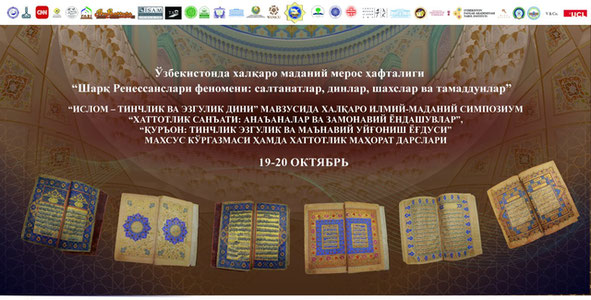
INNOVATIVE APPROACHES TO THE SPIRITUAL HERITAGE OF ISLAM: QURAN DAY WITHIN THE CULTURAL HERITAGE WEEK
On October 19, as part of the International Cultural Heritage Week of Uzbekistan, "The Phenomenon of Eastern Renaissances: States, Religions, Personalities, and Civilizations," an international scientific and cultural symposium titled "Islam — the Religion of Peace and Kindness" will be held in the conference hall of the World Society for the Study, Preservation, and Popularization of the Cultural Heritage of Uzbekistan. Additionally, projects such as "Medieval Qurans of Uzbekistan" and "The Innovative Museum of Imam Al-Bukhari" will be presented.

THE FIRST DAY OF THE CULTURAL HERITAGE WEEK: GREETINGS AND DISCUSSIONS
On October 18, the opening ceremony of the International Cultural Heritage Week took place in the conference hall of the World Society for the Study, Preservation, and Popularization of the Cultural Heritage of Uzbekistan (WOSCU) in Tashkent. The event, titled “The Phenomenon of the Eastern Renaissance: States, Religions, and Civilizations,” brought together over 250 scholars, experts, and representatives of cultural institutions, as well as media. Among them were more than 20 renowned international specialists.

The Opening of the Cultural Heritage Week in Tashkent: A New Impetus for Global Scientific Dialogue
On October 18, the opening ceremony of the International Cultural Heritage Week in Tashkent took place in the conference hall of the World Society for the Study, Preservation, and Promotion of the Cultural Heritage of Uzbekistan (WOSCU). The event, titled "The Phenomenon of the Eastern Renaissance: States, Religions, and Civilizations," gathered leading scholars, experts, and representatives of cultural institutions, with over 100 international participants from 20 countries.
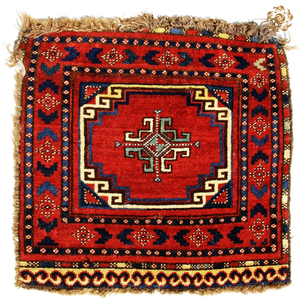
Happiness in Carpets
Pileless carpets, such as gadjari, ok-enli, and kiz-gilam, represent a unique art form that reflects the rich cultural tradition of Uzbekistan. The craftswomen who create these carpets use ancient techniques and symbolism, making each piece not only beautiful but also deeply meaningful. What kind of meaning? We’ll explain here:
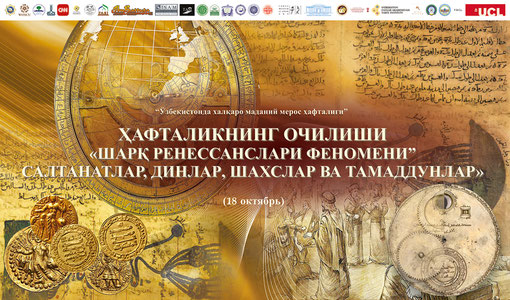
Opening ceremony of the Cultural Legacy Week in Tashkent: "The Phenomenon of Oriental Renaissances: States, Religions, Personalities and Civilizations".
On October 18, the opening ceremony of the Cultural Legacy Week "The Phenomenon of Oriental Renaissances: States, Religions and Civilizations" will be held in the Conference Hall of the World Society for the Study, Preservation and Popularization of the Cultural Legacy of Uzbekistan (WOSCU).

"Timurid ceramics as part of the art of Chinese porcelain"
Timurid ceramics and Chinese blue-and-white porcelain represent significant elements of the cultural exchange that occurred in Central Asia during the 15th and 16th centuries. Let's explore how it all began:
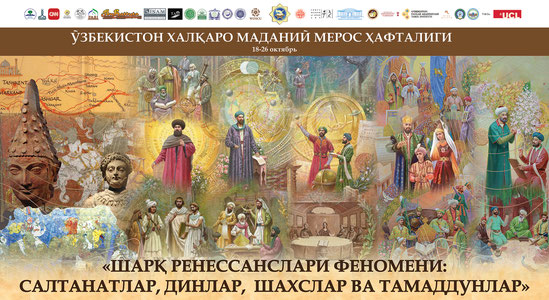
Tashkent is preparing to host the international Cultural Legacy Week "The Phenomenon of the Oriental Renaissance: States, Religions, Personalities and Civilizations".
From October 18 to 27, 2025, the capital of Uzbekistan will become the center of international cultural dialogue. Tashkent will host the Cultural Legacy Week "The Phenomenon of the Oriental Renaissance: States, Religions, Personalities and Civilizations", which will include conferences, seminars, forums, exhibitions and presentations. More than 100 foreign scholars and experts, including heads of international cultural organizations, heads of foreign museums and libraries are expected to participate. CNN and Euronews will provide information support.
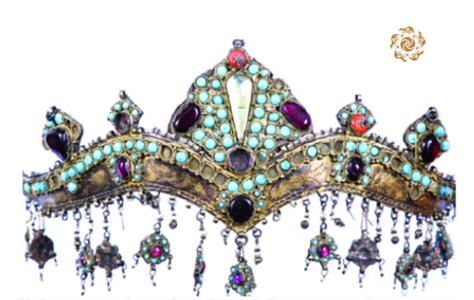
"Golden Eyebrows" of the Fergana Valley
Women's forehead ornaments of the Fergana Valley and Tashkent are a vivid example of the traditional art and culture of this region. However, the tillya-kosh, or "golden eyebrows," is a special detail:

Charmduzy are masters of all trades from Samarkand and Bukhara
The Charmduzy, leather craftsmen of Central Asia, were renowned for their artistry and skill, creating unique items in front of their clients. In the bustling bazaars of Samarkand and Bukhara, they transformed ordinary pieces of leather into true works of art. Here’s how they did it:

How the headdress was used to determine the status of women in Bukhara?
The telpak and kaltapushak are not only beautiful but also symbolic elements of women's wardrobe in the late 19th century. These headpieces can be used to determine the wealth of urban women in Bukhara. Here’s how:
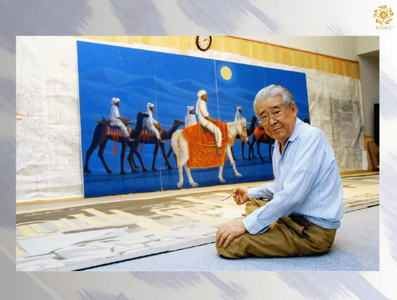
How Uzbekistan Changed the Life of a Japanese Artist Who Survived the Atomic Bombing
Renowned Japanese artist Hirayama Ikuo survived the atomic bombing in 1945. In 1959, he learns that he is terminally ill with leukemia. At that time, he creates a painting dedicated to the origins of Buddhist teachings, titled 'The Origin of Buddhism,' inspired by the journey of the Chinese monk Xuanzang along the Silk Road in the 7th century. The artist believes that this work might be the last of his life... What happened next? Read here:

How does the magic of suzani work?
Suzani is the main type of wedding embroidery that originally served as a cover for the newlyweds' bed. By the end of the 19th century, suzani covers began to be used as wall hangings as well. However, this beautiful textile product has always held a magical significance for the people of Central Asia, particularly in Uzbekistan. What is that significance? Let’s explore here.
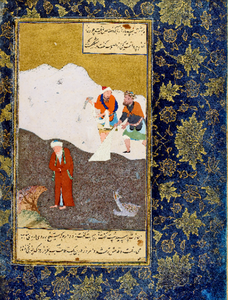
Humor in the Miniatures of Medieval Bukhara
In the work of the great writer Saadi, "Gulistan," there are many vivid and instructive stories and parables. This left ample room for creativity for the artists who adorned copies of this remarkable work with their miniatures. Despite the humility that the author advocates in his writings, one Bukhara artist from the 16th century infused the manuscript with a touch of humor. Here’s what we find:
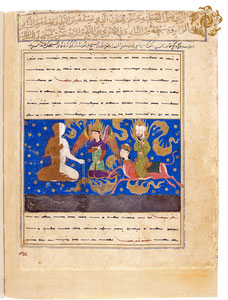
"Mirajnama" at the Court of Louis XIV
The National Library of France has a rich history, beginning with its establishment as the royal library. An important milestone in its development was the accumulation of manuscripts from Central Asia, which contributed to the expansion of knowledge about Eastern culture and literature. One of the key acquisitions was the famous manuscript "Mirajnama," which arrived in Paris in the 17th century. Read here about how this ancient manuscript came into the hands of the Musketeers’ ruler, Louis XIV.

Did Prokudin-Gorsky work as a tax collector in Turkestan?
Pioneer of color photography in the Russian Empire, author of hundreds of photographs of Turkestan and the famous photograph of the Emir of Bukhara, Prokudin-Gorsky made a significant contribution to the cultural heritage of both Uzbekistan and the world. His works are stored in the Library of Congress in the USA, and exhibitions are held worldwide. But was photography his primary occupation, or were the photographs merely a hobby while he earned his living as a tax collector in Turkestan, a role often despised in the regions of the Russian Empire? Let's explore this here.
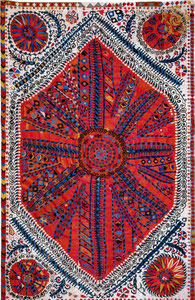
Suzani, bringing happiness to collectors in the USA
Unique suzanis from the Bukhara Emirate of the 18th century, featuring large medallions and inscriptions by Karman (Kermine), evoke a sense of happiness in the hearts of Bruce and Olive Baganz, who cherish them in their collection in the USA.
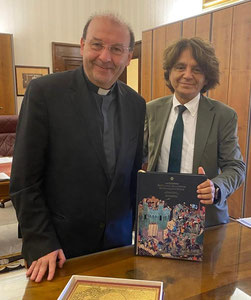
The Vatican Library is planning to engage WOSCU in the study of its archives
The Prefect (General Director) of the Vatican Apostolic Library, Mauro Mantovani, has not ruled out the possibility of close collaboration with WOSCU and the involvement of orientalists from the World Society in studying the archives of one of the unique libraries in the world.

Scientists have proposed that the Center for Islamic Civilization (CIC) and WOSCU study the "contract of Muhammad with the jinn" and the robe of the Quran.
During the VIII Congress of WOSCU, dedicated to the activities of the Center for Islamic Civilization, Deputy Director for Research at the State Museum of the History of Religion, Ekaterina Teryukova, presented a report on a collaborative research project titled "Religious and Domestic Cult Objects from Uzbekistan in the Collection of the Museum of the History of Religion: History, Attribution, Restoration," in collaboration with museum researcher Irina Osmanova.

Karakalpak jewelry in the collection of the Russian Ethnographic Museum
Karakalpak jewelry, presented in the Russian Ethnographic Museum, reflects the rich cultural tradition and artistic mastery of this people. Among them, various types of women's pectoral jewelry, earrings, rings and bracelets stand out, each of which carries unique symbolism and meaning.
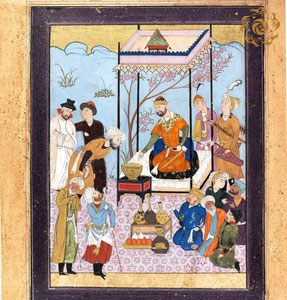
Alexander the Great and the Riddle of the Cup of Jamshid
The miniature "Seven Sages," dated around 1590, serves as an intriguing example of the interaction between various cultures and traditions in the art of that time. It likely depicts Iskandar (Alexander the Great) surrounded by seven philosophers, who may symbolize the wisdom and knowledge of different peoples studying the Cup of Jamshid.

Uzbek and Turkmen Carpets: Unification of Cultures
The presentation by ethnographer Adjap Bairyeva from Turkmenistan, based on the research of art historian Elmira Gul from Uzbekistan, delivered during the VIII Congress of WOSCU, represents an important contribution to the study of carpet traditions in Turkmenistan and Uzbekistan. The comparison of the carpet-making traditions of these two peoples, especially in the context of cultural dialogue, allows for a deeper understanding of mutual influence and the development of applied arts in the region of the Middle Amu Darya.

Ruidjo - the mystery of family happiness
Ruidjo is not just an element of textile, but a symbol of tradition and culture, which plays an important role in the life of newlyweds. An embroidered sheet, sewn from four strips of cotton fabric, is a work of art in which every detail matters.

Chinese monk inspired Japanese to study Central Asia
In the 7th century, the Chinese monk Xuanzang traveled through Central Asia to India in search of Buddhist sutras, writing about it in his travel notes “Journey to the Western Region.” Hundreds of years later, it was this work that inspired Japanese explorers in the 19th and 20th centuries to study the region.
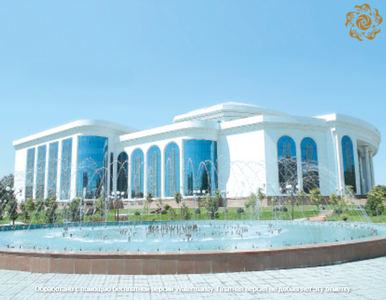
The National Library of Uzbekistan - a journey of one and a half centuries
For more than 150 years of its existence, the National Library of Uzbekistan named after Alisher Navoi has gone through an amazing and difficult path of development, associated with the search and study of unique manuscripts, authorship of outstanding personalities of different eras. In this video, we will be introduced to the history of the remarkable library and its impressive collection.

How did costume influence Tamara Khanum’s career?
Tamara Khanum, a famous Uzbek actress and dancer, left a bright mark in the history of Uzbek art. Her concert costume, kept in the State Historical Museum, is not only an element of her stage image, but also a symbol of the cultural heritage of Uzbekistan.

Kova is an ancient center of Buddhist culture
Archaeological excavations on the outskirts of the city of Kuva have uncovered the remains of a Buddhist temple dating back to the 7th century. This discovery proves that Kuva became an important center of religious life in its time.

Handwritten monuments of Turkish history in Tashkent's Beruni Institute
The history of Turkey in the collection of the Abu Rayhan Beruni Institute of Oriental Studies is represented by six manuscripts, including "Tarikh" ("History") and "Misbah al-sari wa nuzhat al-kari" ("Lamp for the Traveler and Consolation for the Reader"). These works present important milestones in the history of the Ottoman Empire.
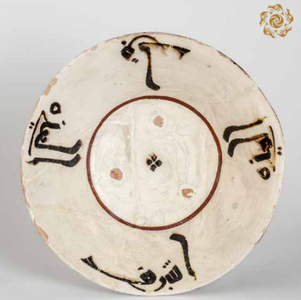
Hadiths and wishes on ceramic dishes
Glazed ceramics decor of the 10th-12th centuries. Excellently reflect the significant changes that came to the culet and art of the Central Asian region as a result of the spread of Islam. Completely new characteristics of Islamic art.
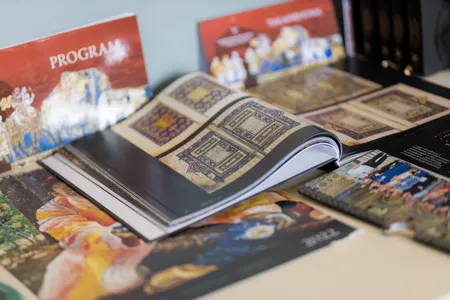
The book under the microscope: Where are our books printed?
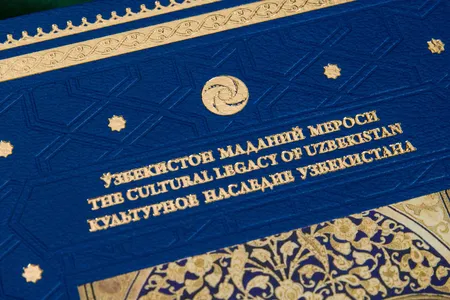
The book under the microscope: book printing

The Taliq script: "suspended" and official

The book under the microscope: Luxury squared

How to meet the Emir? Or the whole truth about Amir Timur's favorite musical instrument.

How much money did Navoi have?
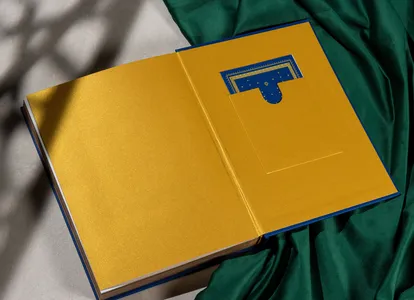
Book under the microscope: What does the book consist of?
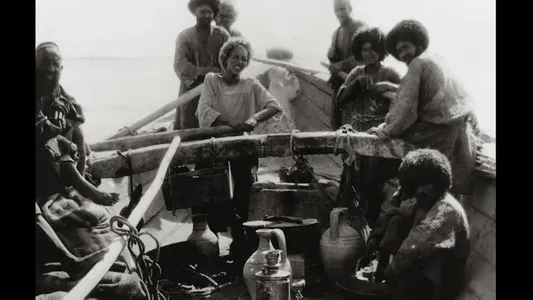
What was Uzbekistan like in the middle of the 19th century? Everyone will have a unique chance to see exclusive rare pictures of cities, palaces and customs

The book under the microscope: Paints and Gilding
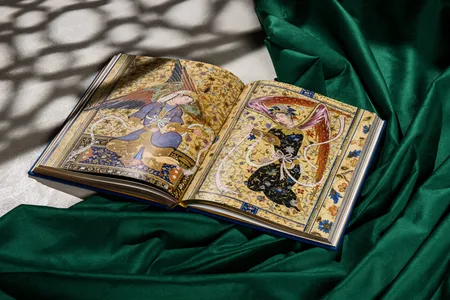
Book under the microscope: Paper

AISAN STYLE SCRUBBLEDUB! LET’S CALL THE JUGS CORRECTLY!

Health Secrets of AVICENNA

BLUEBIRD OF HAPPINESS ON THE BOTTOM OF A PIALA. FIND OUT IF THERE ARE ANY MUSEUM RARITIES IN YOUR HOUSE?

How were jewelers able to masterfully create cheap adornments which looked expensive?
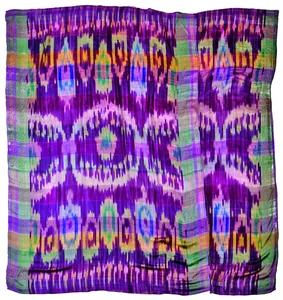
Price for fabrics in medieval Uzbekistan: by selling only one curtain, it was possible to pay the entire land tax

How was water sanctified and used to treat all diseases in Uzbekistan since ancient times?
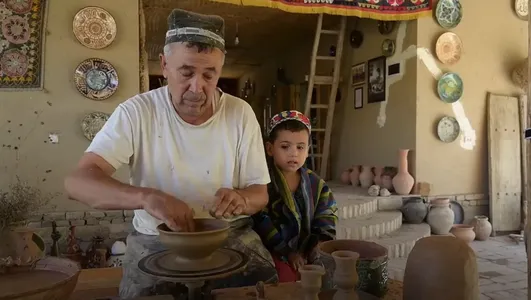
Cultural Legacy of Uzbekistan in World Collections project has published 60 volumes of book-albums
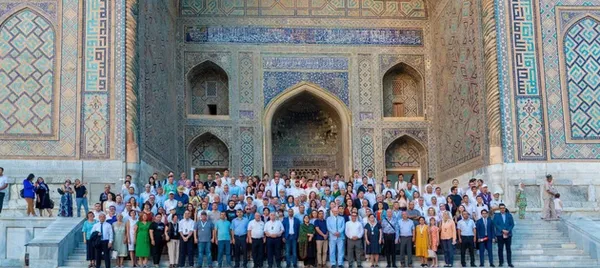
Participants in the 6th Congress highly appreciated the efforts of the President and the Government of Uzbekistan in the preservation of the cultural legacy
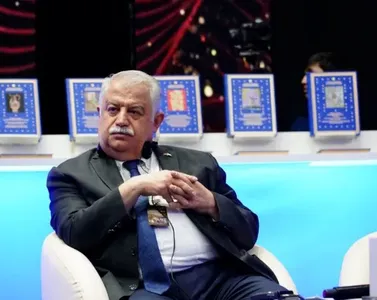
Muzaffar Sheker: "The work done by Uzbekistan in the field of culture is admirable"

Irina Popova: "Uzbekistan is a country led by people who advocate the preservation of ancient culture"
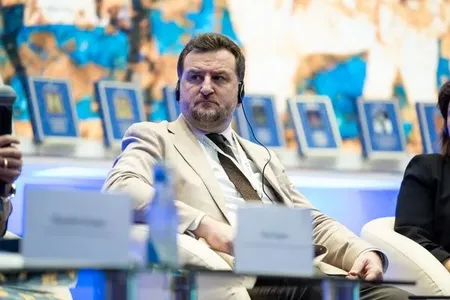
Sali Shahsivari: I am sincerely glad that cultural projects are fully supported by the President of Uzbekistan
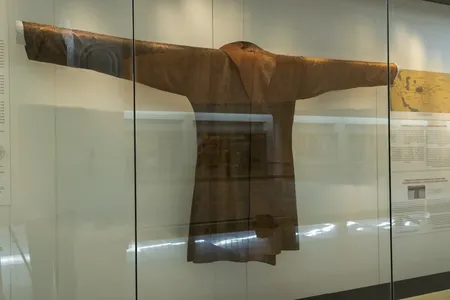
A book devoted to the unique Uzbek collection from the Malaysian Al-Bukhari Foundation to be presented in Uzbekistan

Book revealing main stages in cinema development to be published in Uzbekistan
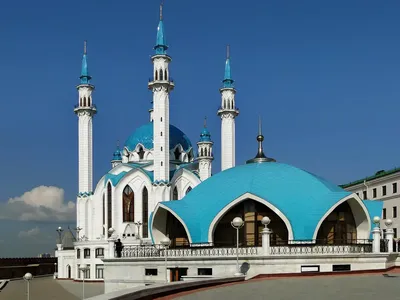
Uzbekistan presents a book dedicated to the Uzbek Legacy in the museums of the Republic of Tatarstan

35 volumes of Cultural Heritage of Uzbekistan in World Collections series presented to Uzbek Academy of Sciences
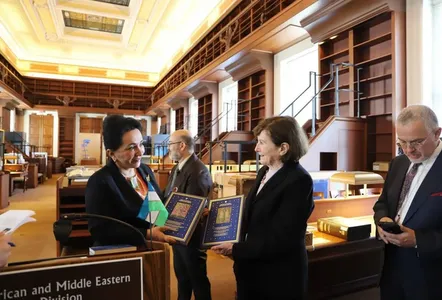
Tanzilya Narbayeva, the President of the Senate of Uzbekistan presented the books of the project Cultural Legacy of Uzbekistan in the World Collections
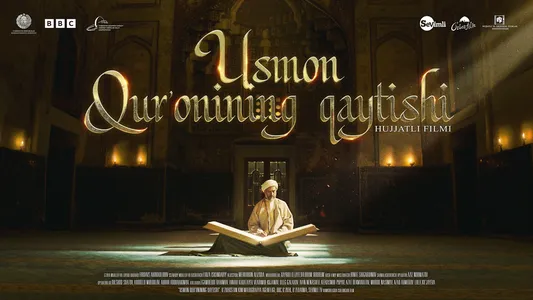
A Documentary Film about the Legendary Uthman Qur'an Made in Uzbekistan

Masterpieces of cultural legacy of Uzbekistan described in 50 albums
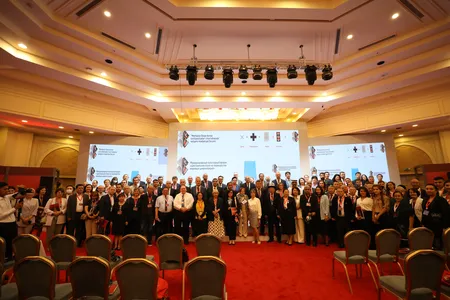
The participants of the 5th International Congress adopted a traditional address to the President of the Republic of Uzbekistan
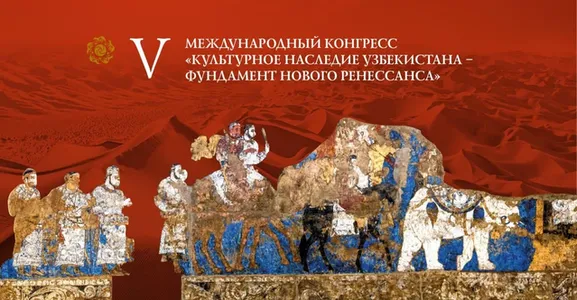
Appeal of participants of the 5th international congress "The cultural legacy of Uzbekistan: the foundation of a new renaissance" to the President of the Republic of Uzbekistan Shavkat Mirziyoyev
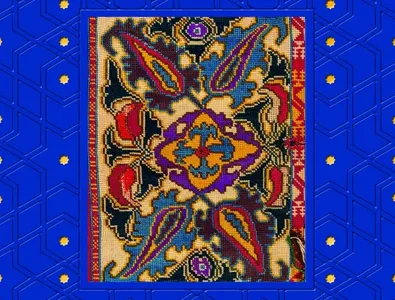
A volume on artifacts of the cultural legacy of Uzbekistan from private collections in the USA and Canada has been published
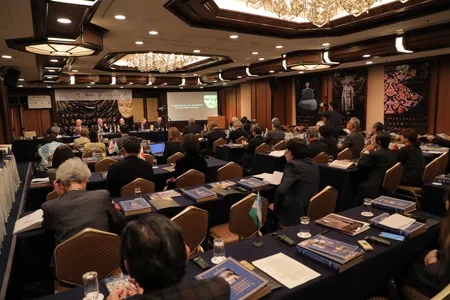
Tokyo hosted an international scientific conference "Uzbekistan and Japan on the Great Silk Road"
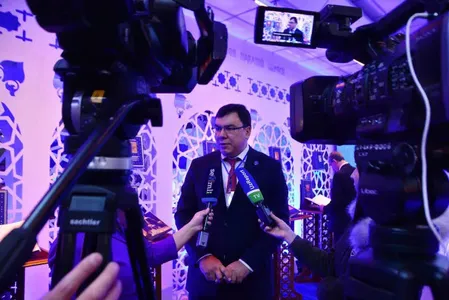
Aziz Abduhakimov: project "Cultural legacy of Uzbekistan" is a unique initiative

The exhibition "Cultural Legacy of Uzbekistan" opened in the Museum of the History of the Temurids
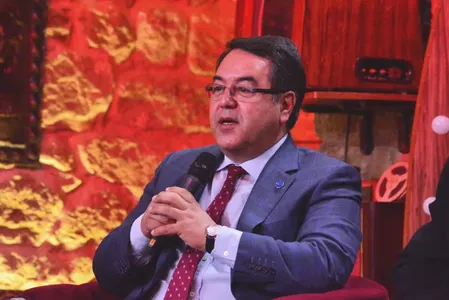
Firdavs Abdukhalikov, "We must educate our youth"
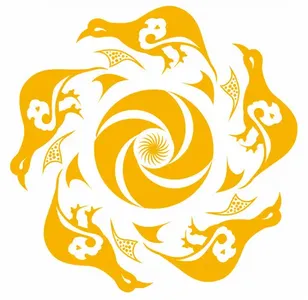
The Cultural Legacy of Uzbekistan project is preparing a grand event
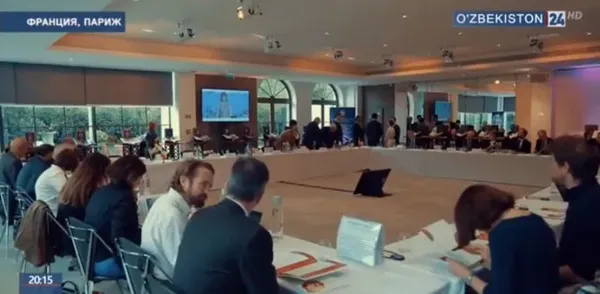
The cultural legacy of Uzbekistan was presented in Paris

Dialogue of Cultures: the Cultural Legacy of Uzbekistan presented in Delhi
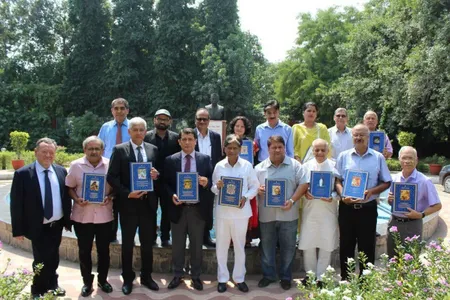
Presentation of a series of books on the cultural heritage of Uzbekistan was held in Delhi

The author of the project "Cultural Legacy of Uzbekistan in World Collections" was awarded the "Mekhnat Shukhrati" Order

Orientalists of the world appealed to the President of Uzbekistan
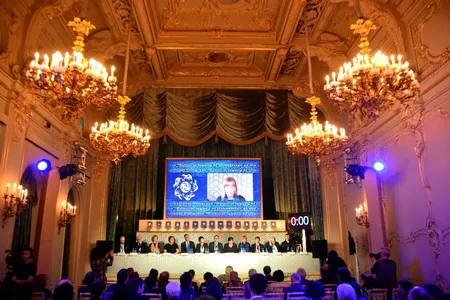
Open address of the participants of the 2nd International Congress "Cultural Legacy of Uzbekistan" to the President of the Republic of Uzbekistan Sh.M. Mirziyoyev

Silk ikats from Bukhara in the center of St. Petersburg

The Kultura TV Channel about the Cultural Legacy of Uzbekistan in St. Petersburg
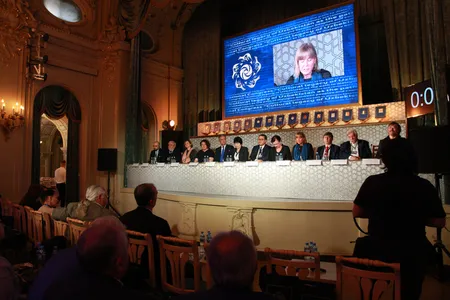
International Congress in St. Petersburg is ready to open

An exhibition of manuscripts by Alisher Navoi was held in the Russian Library
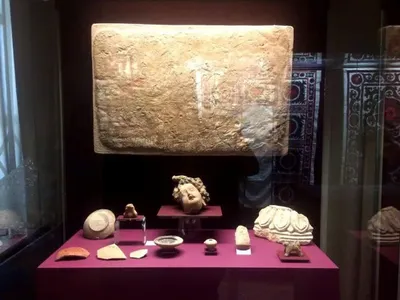
The museum of the history of religion in St. Petersburg is preparing an exhibition dedicated to Uzbekistan

What kind of congress will the Cultural Legacy of Uzbekistan in St. Petersburg be
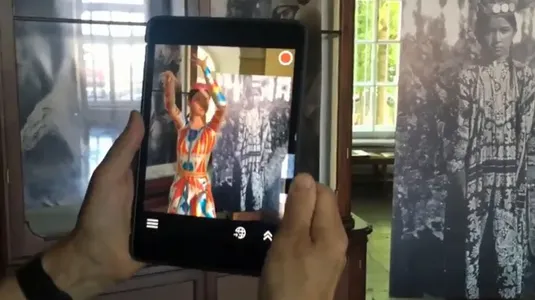
A virtual girl will dance in the St. Petersburg museum in honor of the opening of the congress

The unique robe of the emir of Bukhara will be seen by the participants of the congress in St. Petersburg
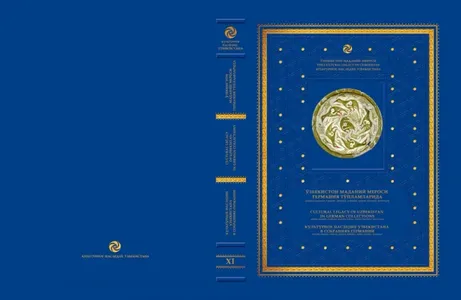
Cultural legacy of Uzbekistan in German collections will be presented at the congress

Kamola Akilova about the congress: this is a great event for world culture
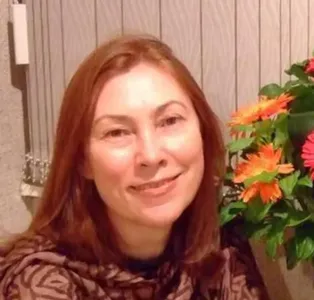
Elmira Gul on new albums from the cultural legacy of Uzbekistan series

On April 18, 2018, the International Round Table “Cultural Heritage of Uzbekistan in the UK Collections” was held at the Embassy of the Republic of Uzbekistan in London.

Navoi's lifetime manuscripts stored abroad can be seen in Uzbekistan

The project "Cultural Legacy of Uzbekistan" will present a Roadmap

A forum on the great heritage of the past is being held in Tashkent

Rtveladze: the whole world should know about the cultural legacy of Uzbekistan

Tashkent will host the forum "Crossroads of Times: the great legacy of the past - the basis of an enlightened future"

Russian libraries and museums will receive a catalog of Uzbekistan's cultural legacy
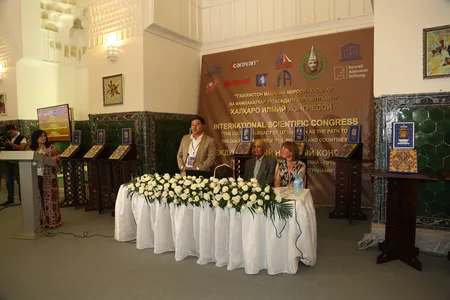
"Cultural Legacy of Uzbekistan" gathered world scientists in Tashkent and Samarkand

A World scientific society has been established to study the cultural legacy of Uzbekistan

The project "Cultural Legacy of Uzbekistan in world collections" was presented in Tashkent

